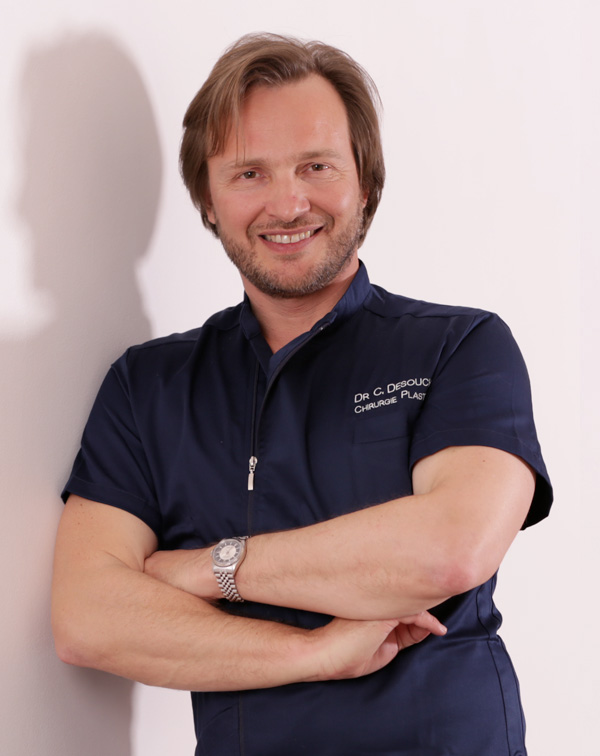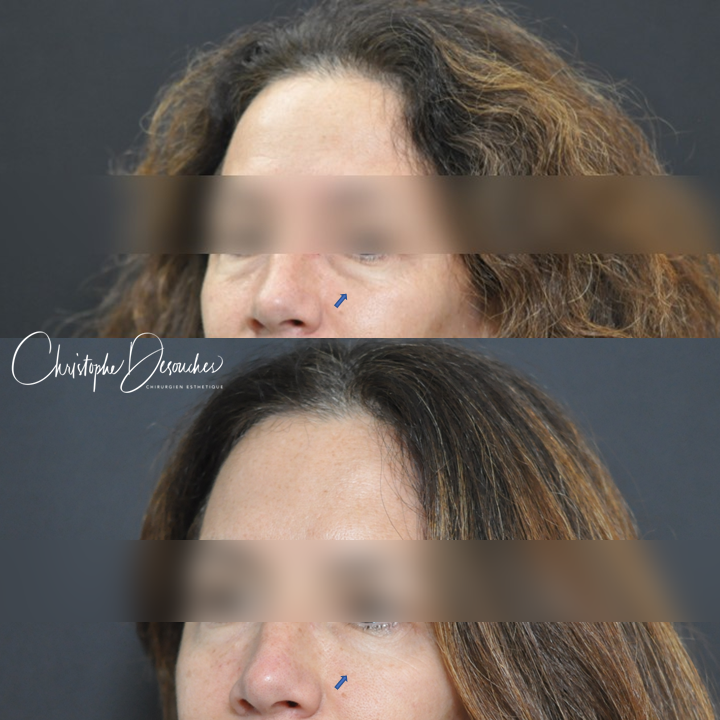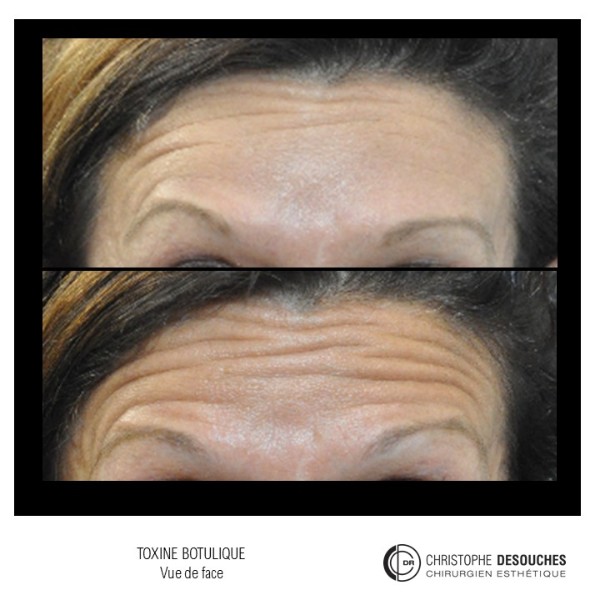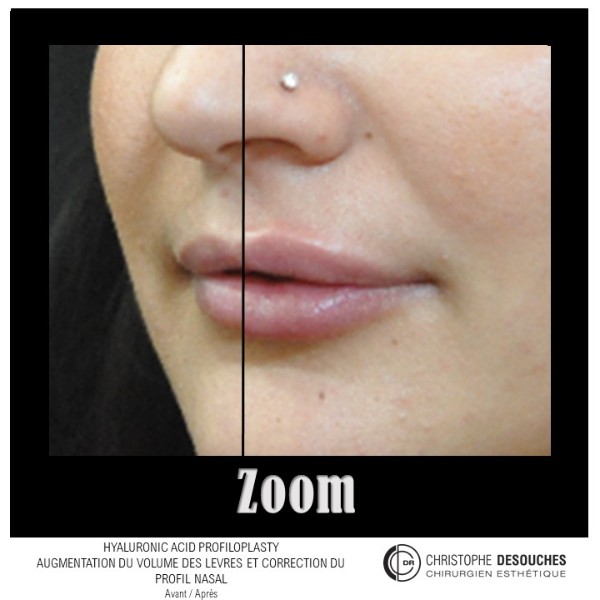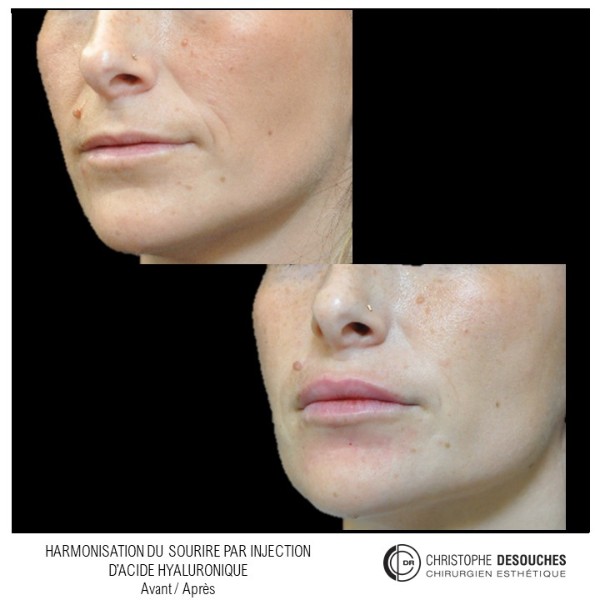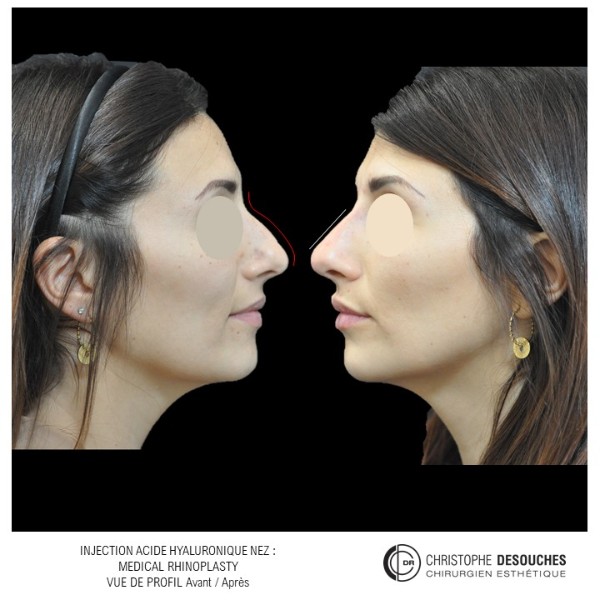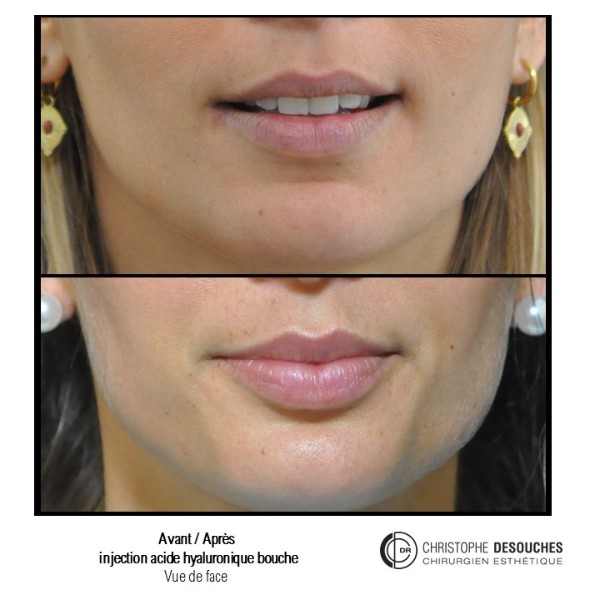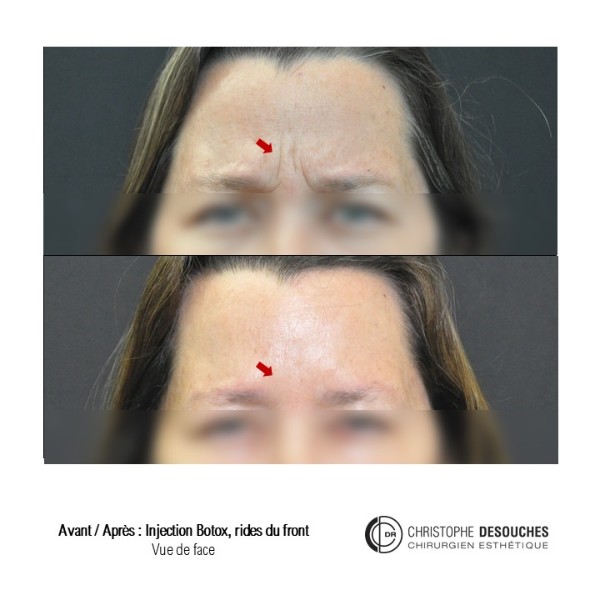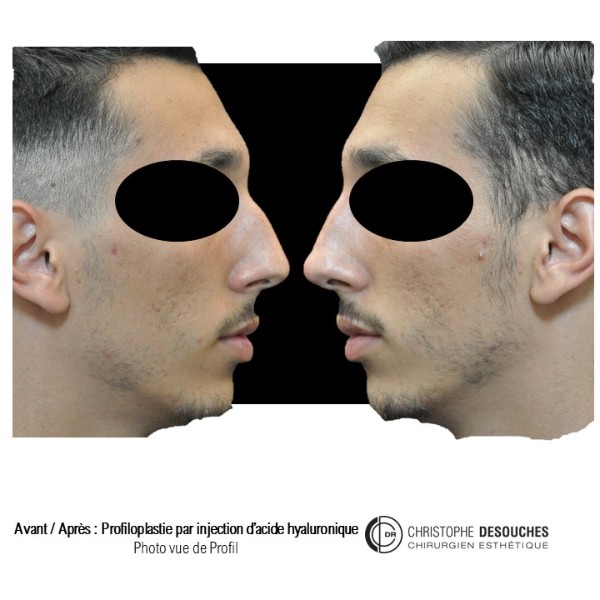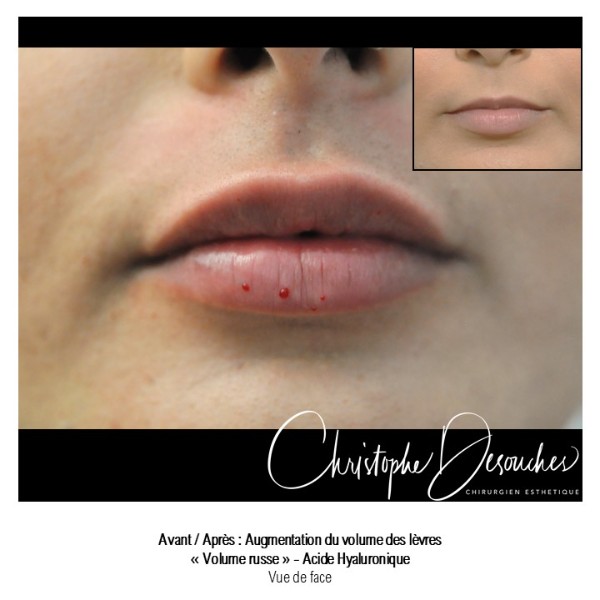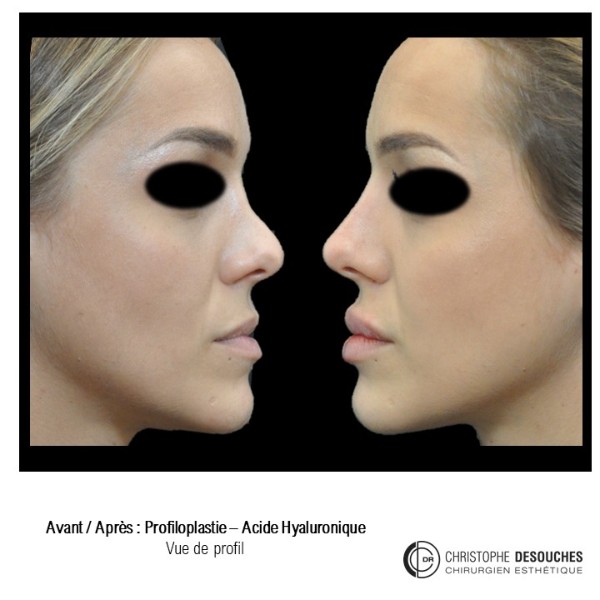“Micro-needling” a new aesthetic medicine technique for regenerating the skin
THE "micro-needling»Stimulates the skin by applying a roller or a motorized pen fitted with mini-needles which then act on specific areas of the face or body. This aesthetic medicine technique allows a complex of vitamins and hyaluronic acid to penetrate using mini-needles in order to more effectively repair the damaged dermis.
In addition, the reaction of the dermis to these mechanical stimuli makes it possible to produce more collagen, which is an essential component of the regeneration of the dermis and the epidermis.
The advantages of microneedling
Microneedling corrects several types of defects (color differences, irregularities, small imperfections, scars) on the skin's surface. It improves the texture and suppleness of the epidermis.
Comparison with other skin care techniques
We note that the IPL or the fractional CO2 laser (which act on collagen and elastin) provide an improvement similar to microneedling, at the level of wrinkles and scars.However, microneedling is a much less invasive technique with consequences simpler.
Dr Christophe Desouches, cosmetic surgeon in Marseille, recommends micro needling for the following indications:
- Fine lines of the face and photoaging
- Hyperpigmentation or hypopigmentation
- Skin color abnormalities
- Skin sequelae of accidents or burns
- After-effects and scars from acne or stretch marks
- Flaccidity of the skin.
Process of a micro needling
Micro needling is a gentle and painless procedure. In order to favor your comfort, Dr Desouches performs the operations in the office, with the application of an anesthetic cream before the session which lasts 15 to 20 minutes. The session begins by making micro-holes in the area to be treated using a roller or a pen. A complex of vitamins and hyaluronic acid is applied to the injured skin allowing the solution to pass through the skin.
After the session an LED session can be performed to soothe inflammation and stimulate regeneration. The results can be seen after two months, corresponding to the time it takes for the skin to regenerate. The number of sessions depends on each patient, they should be spaced a few weeks apart.



